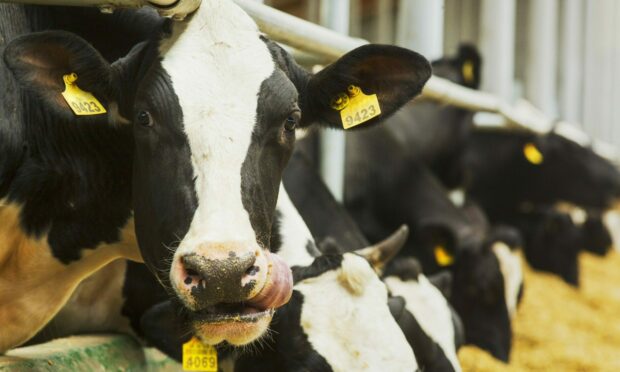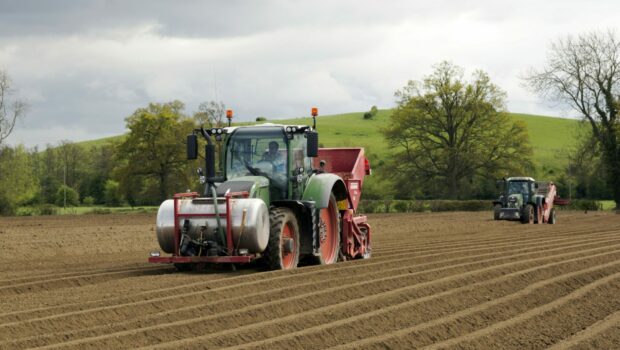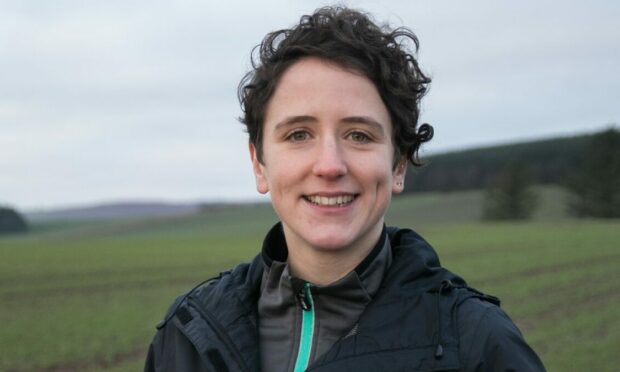Scottish farm incomes rose to their second highest level in a decade before a sharp rise in input costs hit the sector, new figures reveal.
The Scottish Government’s farm business income estimates for 2020-21 suggest average business income increased by 35% in the year to £39,300 – up from £29,100 the year before and the second highest level since 2012.
The figures – which are based on a survey of 400 farms excluding pig, poultry and horticulture businesses because they do not receive subsidy payments – also show the average farm would have made a loss of around £3,300 without subsidy payments.
The Scottish Government said this was the lowest average loss, excluding support, since 2012-13.
It said the upturn in farm incomes was mostly down to reduced total input costs, which were down by 5% to an average of £207,900 per business surveyed in the year.
“In particular, commercial dairy farms had a good year; average income was estimated at £99,600 – the highest value since 2012,” said a Scottish Government statistical release.
The average income for general cropping farms was down 15% to £67,800, largely driven by a 15% decrease in average potato output to £169,800, while the average income from cereal farms increased to its highest level in nine years at £68,400.
Lowland cattle and sheep farm incomes increased to £29,200, driven largely by increased livestock output, while the average income of mixed farms was also up to £45,300.
Less Favoured Area (LFA) livestock farms experienced small increases in incomes with average LFA cattle farm income cited as £23,000, LFA cattle and sheep farm income listed as £28,800, and average LFA sheep farm income estimated at £9,600.
The Scottish Government said the figures showed the importance of support payments – around 81% of all Scottish farms made a profit last year, however without support this would decrease to 37% of farms.
“Livestock farms, particularly those in Less Favoured Areas (LFA), are the most reliant on support payments – only 7% of LFA sheep farms were profitable in 2020-21 without support,” said the Government’s statistical release.
Rural Affairs Secretary Mairi Gougeon welcomed the figures and said they highlighted the hard work of farmers and crofters to put food on tables across Scotland during the pandemic, however farming union NFU Scotland (NFUS) said the figures were a stark reminder of key issues Scottish agriculture must manager better.
NFUS director of policy, Jonnie Hall, said: “The extraordinary rises in input costs we are witnessing now compared to the lower costs of 2020 that yielded improved margins vividly illustrate how exposed we are to volatility, especially input costs.
“Building resilience will be key in the more exposed operating environment we find ourselves in.”
He said the figures also showed the “excessive reliance” some sectors have on support payments and said future agricultural support needed to be “spot on” to manage these issues.
Ms Gougeon said a new Scottish Agriculture Bill, outlining a policy replacement for the Common Agricultural Policy (Cap), will be brought forward next year.


